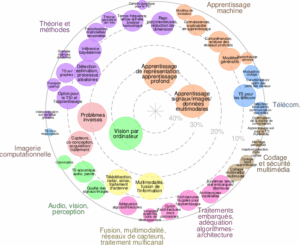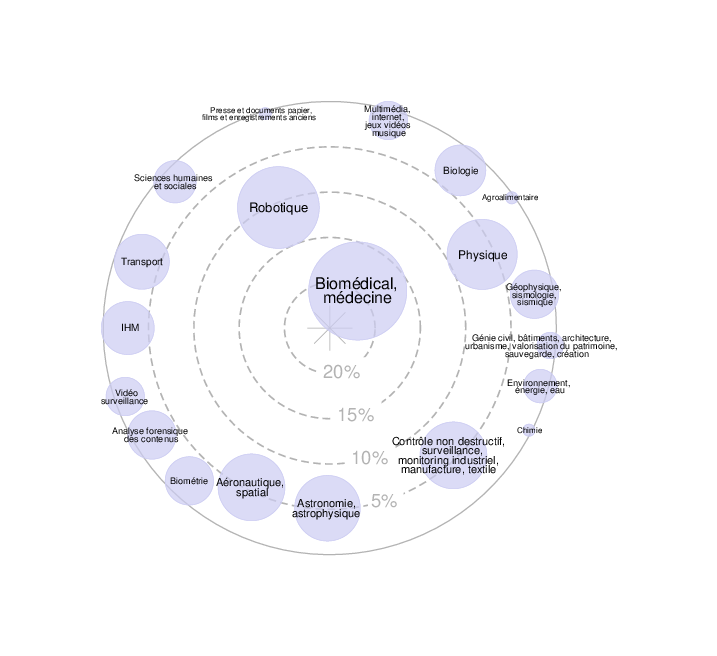Keywords: geometric deep learning; semantic segmentation
Work place:
The thesis work will take place in the MLMS (Machine Learning, Modeling & Simulation) research team of the ICube laboratory (The Engineering science, computer science and imaging laboratory) of the University of Strasbourg, a leading research center with more than 300 permanent researchers. The workplace is located on the hospital site of the laboratory, a 10-minute walk from the heart of downtown Strasbourg, listed as a UNESCO World Heritage Site.
Hosting institution:
ICube Laboratory (The Engineering science, computer science and imaging laboratory) at the University of Strasbourg is a leading research center in Computer Science, with more than 300 permanent researchers, with the recently opened AI graduate school supported by the French government.
Supervisors:
Hyewon Seo (ICube, Univ. Strasbourg), Cédric Bobenrieth (ICAM Strasbourg-Europe)
Description:
Recent successful image segmentation techniques in computer vision, such as SAM (Segment Anything
Model) do not easily generalize to the detection of semantic parts, since the boundary assumption in object detection does not apply in semantic part detection where the presence of explicit boundaries is only optional. While its adaptation through prompting to specific domains like medical imagery have been demonstrated, SAM has shown exceptional proficiency only in certain objects and modalities, exhibiting inadequacy or ineffectiveness in other contexts. Advancing beyond FCN (Fully Convolutional Network) based per-pixel labeling, recent developments have introduced specialized context modules and various self-attention mechanisms, enabling the incorporation of contextual information. However, these models may not be particularly beneficial in our targeted settings, where the context is often limited. Methods specially developed for garment semantics mostly deal with 2D static images depicting clothes close to their canonical states seen by clear views, and focus on the segmentation of individual clothes rather than their semantic parts.
We will ground our 2D segmentation models on paired 3D objects, considering the highly flexible, selfoccluding, and nonlinear dynamics nature of the garment object. Our 3D segmentation models will leverage temporal information during the transition to/from the garment’s canonical form, to effectively handle the highly deformed state.
Candidate profile:
− Master student in Computer Science, Electronic & Electrical Engineering, or Applied Mathematics
− Solid programming skills
− Proficiency in Deep Learning techniques
− Background in Geometric Modeling and Statistics is a plus
− Good communication skills
Application: Send your CV, academic transcripts (Bachelor and Master) to seo@unistra.fr before the 15th of May included.





